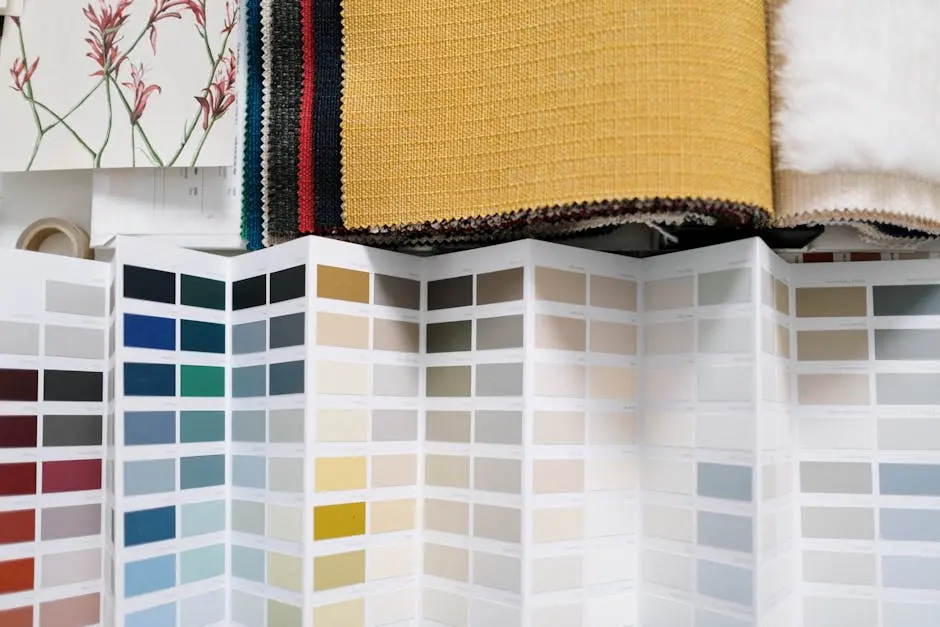In the world of printing and customization, DTF (Direct to Film) samples have emerged as a game-changer. Whether you’re a seasoned professional or a curious beginner, understanding DTF samples and their benefits can unlock new opportunities for creativity and efficiency. In this guide, we’ll delve into what DTF samples are, how they work, and why they might be the perfect solution for your printing needs.
What Are DTF Samples?
DTF stands for Direct to Film, a printing technique that allows for high-quality prints to be transferred onto various surfaces. Unlike traditional methods, DTF doesn’t restrict you to fabric alone; it works excellently on different materials, offering flexibility and creativity. In this section, we’ll explore the basics of DTF samples and how they are made.
The creation of a DTF sample starts with a digital image, which is then printed onto a special film. This film acts as a carrier for the design until it can be transferred. After the design is printed onto the film, an adhesive powder is applied. This adhesive ensures that the design bonds properly to the final surface. The next step involves curing the adhesive powder, usually by passing it through a heater. Once cured, the sample is ready to be transferred to the chosen surface, whether that’s a t-shirt, a mug, or even wood.
One of the standout features of DTF samples is the vibrant and durable prints they produce. The adhesive powder helps in achieving a stronger bond, leading to prints that are resistant to wear and tear. This makes DTF an excellent choice for items that see frequent use or washing. Moreover, the vivid colors and sharp details achieved through DTF are notable advantages that set this method apart from others. These qualities make DTF samples particularly popular among designers and printing businesses.
How Do DTF Samples Work?
Understanding the process behind DTF samples is essential for leveraging this technology effectively. This section breaks down the step-by-step process of creating DTF prints, from preparing the film and applying the adhesive powder to transferring the design onto your desired surface. We’ll also highlight the key equipment needed for DTF printing.
The first step in creating a DTF sample is to choose or design a digital image. This image is then printed onto a special transfer film using a DTF printer. The printer uses specialized DTF inks that ensure high-quality, vibrant prints. After printing, an adhesive powder is sprinkled onto the still-wet ink. This powder is crucial as it allows the design to adhere to the final surface. The film with the powdered design is then passed through a curing machine, which melts the powder and bonds it to the ink.
After the curing process, the film is ready for the final transfer. The target surface, such as a piece of fabric or a hard object, is prepped to receive the design. The film is then placed on the surface, and heat is applied using a heat press. This heat activates the adhesive, allowing the design to bond permanently to the target surface. Once the transfer is complete, the film is peeled away, leaving the design perfectly imprinted. The result is a high-quality print that is both durable and visually appealing.
The Advantages of Using DTF Samples
DTF samples come with a myriad of benefits that make them a preferred choice for many in the printing industry. Here, we’ll discuss the superior print quality, vivid colors, durability, and versatility that DTF samples offer. Additionally, we’ll look at how DTF samples compare to other printing methods such as DTG (Direct to Garment) and screen printing.
One of the primary advantages of DTF samples is their superior print quality. The prints are highly detailed, with vibrant colors that make any design pop. This level of detail is often difficult to achieve with more traditional methods. DTF printing also allows for a broader range of colors, including those that might not be possible with other techniques.
Durability is another significant benefit of DTF samples. The use of adhesive powder and heat during the transfer process ensures that the prints are resistant to washing, fading, and wear. This makes DTF ideal for items like t-shirts and bags that undergo frequent use. Compared to screen printing, which can crack, or DTG, which might fade over time, DTF stands out for its longevity.
Versatility is where DTF samples truly shine. Unlike DTG, which is restricted to fabric, DTF can be used on a variety of surfaces, including glass, metal, and wood. This opens up endless possibilities for customization projects. Whether you’re designing custom apparel or unique home decor items, DTF provides the flexibility to work on almost any material. This adaptability makes it a favorite among creative professionals looking to push the boundaries of what’s possible in custom printing.
Applications of DTF Samples
The versatility of DTF samples allows them to be used in a wide range of applications. From apparel and accessories to hard surfaces like wood, glass, and ceramics, DTF opens up endless possibilities for customization. This section will provide examples and inspirations for projects you can undertake with DTF samples.
One popular application of DTF samples is in custom apparel. T-shirts, hoodies, and even hats can be transformed with unique, high-quality designs. The durability of DTF prints makes them an excellent choice for clothing that needs to withstand regular washing and wear. Many businesses and individuals use DTF samples to create personalized apparel for events, branding, or retail purposes.
Accessories are another area where DTF samples excel. Items like tote bags, backpacks, and even shoes can be customized using DTF prints. This opens up opportunities for creating coordinated fashion collections or unique, one-of-a-kind pieces. The ability to print on different materials means that you can match accessories with clothing items seamlessly, all while maintaining the same high-quality standards.
DTF samples are not limited to fabrics alone. Home decor items such as cushions, wall art, and even kitchenware can be personalized using this versatile printing method. Imagine customizing a ceramic mug with a vibrant design or adding a unique pattern to a set of wooden coasters. The possibilities are endless, making DTF a go-to choice for creative professionals and DIY enthusiasts alike.
Choosing the Right Materials for DTF Printing
To make the most out of DTF samples, it’s crucial to choose the right materials. This section will guide you on selecting the best films, powders, and inks to ensure your prints are of the highest quality. We’ll also cover tips and tricks for troubleshooting common issues and achieving the best results.
Selecting the right film is the first step in ensuring high-quality DTF prints. The film needs to be compatible with DTF inks and the adhesive powder. It’s worth investing in high-quality film designed specifically for DTF printing, as this will provide the best adhesion and durability. Look for films that are known for their release properties, meaning they will allow the design to transfer cleanly and without residue.
The choice of adhesive powder is equally important. The powder facilitates the bonding of the ink to the target surface, so it must be effective and reliable. Different powders are available for different fabric types and surfaces, so selecting the appropriate one based on your project needs is essential. For instance, there are powders specifically designed for use on polyester, cotton, or even hard surfaces like glass and metal. Selecting the right powder ensures that your designs adhere properly and remain durable over time.
Lastly, the type of ink used in DTF printing can significantly affect the final output. DTF inks are specially formulated to provide vibrant colors and high detail. Ensuring you use quality DTF inks compatible with your printer can make a huge difference in the print’s final aesthetics and durability. Additionally, proper maintenance of your DTF printer, including regular cleaning and using the correct print settings, can help prevent common issues like clogging and color inconsistencies.
Embrace the Future of Printing with DTF Samples
DTF samples offer an exciting and versatile method for printing that can cater to both beginners and seasoned professionals alike. With their superior print quality, cost efficiency, and ease of use, it’s no wonder they’re becoming increasingly popular in the customization industry. Whether you’re looking to start a new project or improve existing processes, DTF samples can provide the perfect solution. We hope this guide has provided you with valuable insights into the world of DTF printing.






